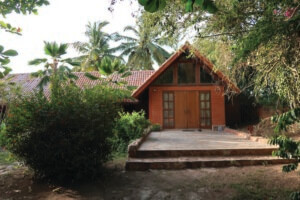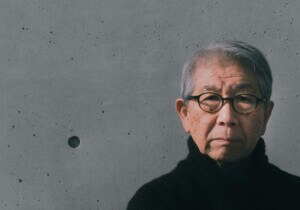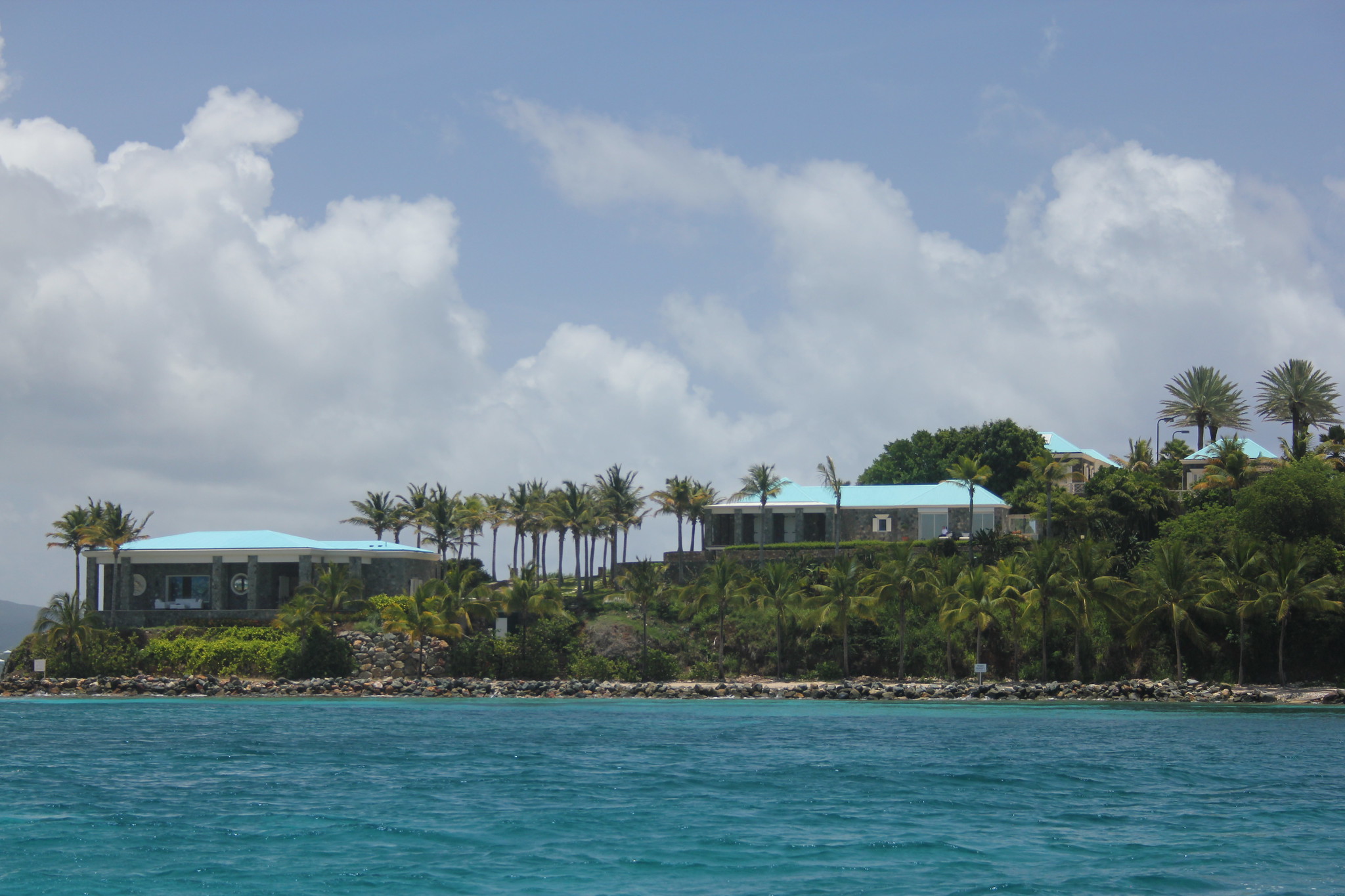Diébédo Francis Kéré, an architect whose playful ephemeral commissions have graced Kensington Gardens and the Coachella Valley and whose low-cost, technically innovative permanent structures have had an outsized impact in his native Burkina Faso, is the recipient of the 2022 Pritzker Architecture Prize.
Kéré is the 51st laureate of the prestigious architecture award and its first African recipient.
Also a distinguished educator and social activist, Kéré, 56, founded his eponymous, socially-minded design practice in Berlin in 2005 shortly after graduating from Technische Universität Berlin with an advanced degree in architecture. Kéré first arrived in Berlin in 1985 on a vocational carpentry scholarship and maintains dual citizenship in Burkina Faso and Germany.

Kéré’s first realized building, a primary school located in his birth village of Gando, was completed in 2001—four years before he graduated from TU Berlin and nearly four years after he established the Kéré Foundation, a nonprofit dedicated to building vital public infrastructure in Gando. Encumbered by a harsh climate, horrific violence, and sparse economic and educational opportunities for its roughly 20 million residents, Burkina Faso, a landlocked West African country, is considered one of the least developed nations in the world.
Like many remote Burkinabè settlements, Gando, located in Burkina Faso’s Centre-Est region, lacked a primary school during Kéré’s childhood; he left his family at the age of seven for an education in the larger city of Tenkodogo. That school, as detailed in a short biography provided by the Pritzker Prize comittee, was housed in a ubiquitous sort of institutional building found across Burkina Faso, a dark and poorly ventilated cement block structure.

Decades later, Gando not only has a primary school but a Kéré-designed library, educational garden, teachers’ housing, and school annex topped by a rainwater harvesting tin roof that feeds into an adjacent underground water tank for community use. A women’s center and high school are both under construction while a village medical center is in the planning stages. The buildings were constructed with the cooperation of villagers using indigenous materials and methods and aided by advanced engineering and sustainable building design. A far cry from stifling cement block boxes, they’re durable, dignified, and climate-responsive structures. Kéré’s work in Gando is the realized vision of a man setting out to ensure that a void in his own childhood—a safe, convenient, and comfortable place for learning—is filled for the sake of future generations.
“I am hoping to change the paradigm, push people to dream and undergo risk. It is not because you are rich that you should waste material,” said Kéré in a statement shared by the Pritzker Prize. “It is not because you are poor that you should not try to create quality. Everyone deserves quality, everyone deserves luxury, and everyone deserves comfort. We are interlinked and concerns in climate, democracy and scarcity are concerns for us all.”


While’s Kéré’s mud-brick Gando Primary School and other ongoing projects in the village are what first brought him international recognition (and an Aga Khan Award in Architecture in 2004), his firm has completed myriad other social projects, including housing, schools, community hubs, and medical centers, across Burkina Faso and further afield in Africa: the Dano Secondary School (Dano, Burkina Faso, 2007); the Centre for Earth Architecture (Mopti, Mali, 2010); Opera Village (Laongo, Burkina Faso, 2010); Centre for Health and Social Welfare (2014, Laongo, Burkina Faso, 2014); Lycée Schorge Secondary School and Noomdo Orphanage (both in Koudougou, Burkina Faso, 2016); Benga Riverside School (Tete, Mozambique, 2018), Léo Doctors’ Housing (Léo, Burkina Faso, 2019); the Burkina Institute of Technology (Phase I, 2020, Koudougou, Burkina Faso, 2020), and Startup Lions Campus (Turkana County, Kenya, 2022), among others. Works-in-progress can be found in Burkina Faso as well as Uganda, Senegal, and the Republic of Benin, where his Benin National Assembly is currently under construction in the capital of Porto-Novo.

Hailing Kéré as a “singular beacon in architecture,” the jury citation states in part:
“Francis Kéré’s entire body of work shows us the power of materiality rooted in place. His buildings, for and with communities, are directly of those communities – in their making, their materials, their programs and their unique characters. They are tied to the ground on which they sit and to the people who sit within them. They have presence without pretense and an impact shaped by grace.”
It continues:
“He has developed a sensitive, bottom-up approach in its embrace of community participation. At the same time, he has no problem incorporating the best possible type of top-down process in his devotion to advanced architectural solutions. His simultaneously local and global perspective goes well beyond aesthetics and good intentions, allowing him to integrate the traditional with the contemporary.
Although Kéré’s built works outside of Africa are less plentiful, they haven’t suffered a lack of attention. Case in point is his commission for the 2017 Serpentine Pavilion in London, a blue-walled, tree-inspired structure that, much like his permanent African structures, harvests rainwater and makes atmospheric use of filtered natural light.

“I am fascinated by how this artificial landscape offered a new way for people in the city to experience nature. In Burkina Faso, I am accustomed to being confronted with climate and natural landscape as a harsh reality,” Kéré said in a statement at the pavilion’s opening. “For this reason, I was interested in how my contribution to this Royal Park could not only enhance the visitor’s experience of nature, but also provoke a new way for people to connect with each other.”
Two years after the Serpentine commission, Kéré took to the wide-open landscapes of the American West, making a colorful splash at the 2019 Coachella Valley Music and Arts Festival with his baobab tree-inspired tower installation, Sarbalé Ke (House of Celebration); a decidedly more woodsy impression was made with Xylem, a timber pavilion at Montana’s Tippet Rise Arts Center. His work has also been featured in group exhibitions at institutions including the Museum of Modern Art, the Royal Academy of Arts, Denmark’s Louisiana Museum of Modern Art, and at the Chicago Architecture Biennial (2015–2016) and Venice Biennale (2010, 2014, 2016); solo exhibitions include The Architecture of Francis Kéré: Building for Community at the Philadelphia Museum of Art (2016), Francis Kéré: Radically Social at Pinakothek der Moderne in Munich (2020), and Arbre à Palabres at Berlin’s Aedes Galerie (2021).


As an educator, Kéré has been a visiting professor at the Harvard Graduate School of Design and Yale School of Architecture; in 2017, he was appointed to the new professorship of Architectural Design and Participation at Technische Universität München. He is also an Honorary Fellow of the American Institute of Architects (2012) and Royal Architectural Institute of Canada (2018) and a chartered member of the Royal Institute of British Architects (2009). Recent awards include the Thomas Jefferson Foundation Medal in Architecture (2021) and the American Academy of Arts & Letters’ Arnold W. Brunner Memorial Prize (2017).
Members of the 2022 Pritzker Prize jury included chair Alejandro Aravena, Barry Bergdoll, Deborah Berke, André Aranha Corrêa do Lago, Kazuyo Sejima, Wang Shu, Benedetta Tagliabue, and retiring United States Supreme Court Justice Stephen Breyer.

As the jury concluded in its citation:
“He [Kéré] has shown us how architecture today can reflect and serve needs, including the aesthetic needs, of peoples throughout the world. He has shown us how locality becomes a universal possibility. In a world in crisis, amidst changing values and generations, he reminds us of what has been, and will undoubtably continue to be a cornerstone of architectural practice: a sense of community and narrative quality, which he himself is so able to recount with compassion and pride. In this he provides a narrative in which architecture can become a source of continued and lasting happiness and joy.”
For the first time since the start of the pandemic, the Pritzker Prize ceremony will, as has been custom in past years, be held in-person at an “architecturally and historically significant” venue. Kéré will be awarded the $100,000 cash prize and bronze medallion at the Marshall Building at the London School of Economics and Political Science, designed by 2020 Pritzker laureates Yvonne Farrell and Shelley McNamara of Grafton Architects. A date for the ceremony in London has yet to be announced.











